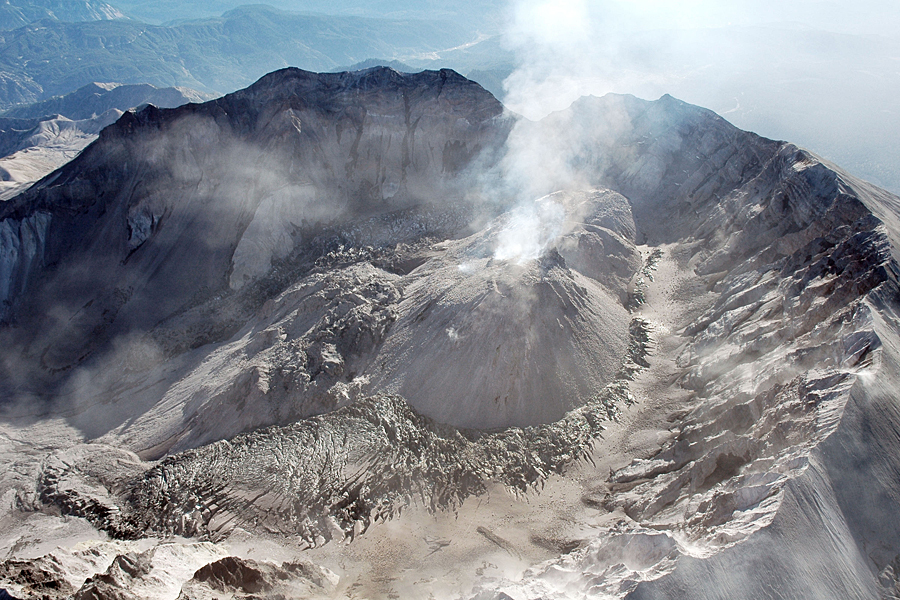Mount St. Helens Grumbles With Swarms of More Than 120 Minor Earthquakes
Scientists Say Volcano Is Recharging
The Weather Channel
There have been four swarms of more than 120 earthquake shaking Mount St. Helens in past weeks.
Scientists believe the swarms signal a recharge for the volcano.
Mount St. Helens began grumbling again in late November with four swarms of more than 120 earthquakes within a week.
The earthquakes picked up by sensitive seismometers around the mountain occurred one to two miles below the surface and registered mostly at magnitude 0.3 or less, too weak to be felt even by someone standing directly above their epicenters, according to the Seattle Times.
Scientists say the swarms indicate that the volcano is likely recharging, according to the U.S. Geological Survey.
“Each of these little earthquakes is a clue and a reminder we are marching toward an eruption someday,” Weston Thelen, a USGS seismologist with the Cascades Volcano Observatory in Vancouver, told the newspaper.
Thelen noted, however, that “there’s nothing in this little modest seismicity, and none since 2008, that is a really good indicator of when that eruption will be.”
No signs of an imminent eruption, but small earthquakes at Mount St. Helens remind us that this is an active volcano https://t.co/1FUwZy9yxD pic.twitter.com/kzYOHbB6u9
— USGS Volcanoes🌋 (@USGSVolcanoes) November 29, 2016
The volcano recharges when magma that is stored in the volcano’s underground plumbing releases gasses and fluids, which pressurizes and lubricates cracks within the volcano, causing small earthquakes.
“We know Mount St. Helens is slowly repressurizing. We can’t see it, but we think it’s inflating subtly,” said Liz Westby, a Cascades Volcano Observatory geologist.
Cut-away graphics are conceptual models of the “the big picture,” like the magma plumbing system at Mount St. Helens https://t.co/KwXj3aK8BC pic.twitter.com/3TwhlNs8OF
— USGS Volcanoes🌋 (@USGSVolcanoes) December 1, 2016
Recharging episodes also occurred between 1986 and the volcano’s epic eruption in 2004. Swarms have been recorded since the eruption ended in 2008, most notably in March through May this year.
Similar seismic episodes occurred during recharge periods between 1986 and the 2004 eruption; the small earthquake clusters resumed shortly after the eruption ended in 2008 and have continued periodically. Most recently, swarm earthquakes were detected in March through May of this year.
(MORE: Mount St. Helens Earthquake Swarms a Volcano Warning Sign, USGS Says)
Scientists say the swarms are welcome for the scientific data they provide, including a better understanding of rock densities and where magma chambers are located.
“These quakes don’t happen very often; you have to really exploit the ones we do get,” Westby said. “(It) gives us a better understanding of what’s going on and tells us where we need to do more research.”
MORE ON WEATHER.COM: Mount St. Helens

